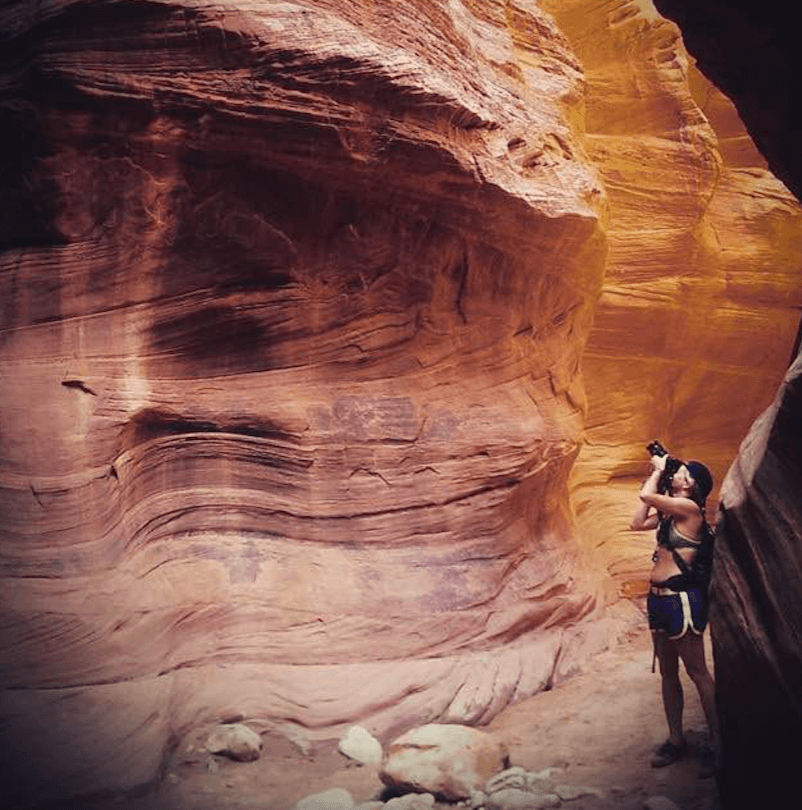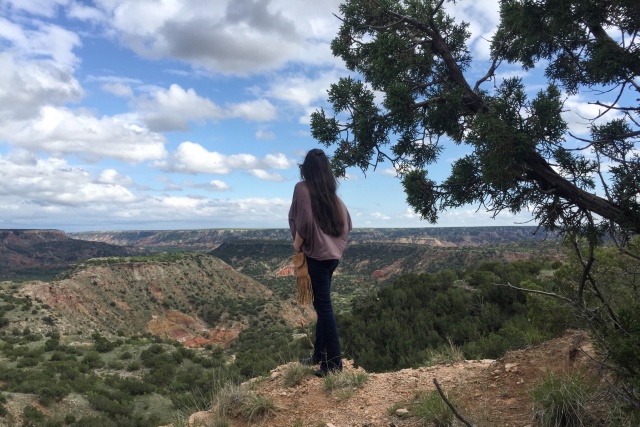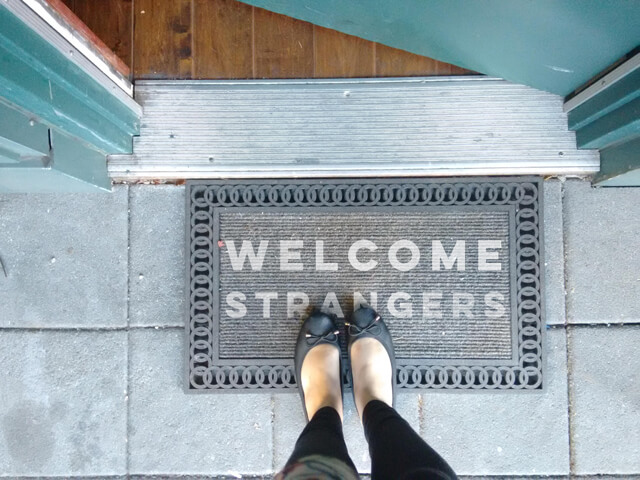A new breed of travelers is rising: solo women. But they’re not all female versions of Chris McCandless of Into the Wild fame. Instead, they are next-door girls pinning travel tips on Pinterest and posting snapshots on Instagram. Case in point: the growing community of She Explores, millennial women who see the world as their backyard rather than a backyard as their world.
But is this really a new thing? Or are these women just getting a surge of notice thanks to recent media exposure?
Cheryl Strayed’s wildly successful New York Times bestseller and 2014 film Wild tells the story of a lone woman “forging ahead against all odds on a journey.” That same year, Time magazine documented the rise of the solo woman narrative in mainstream culture and offered a new moniker — the Lone She-Wolf. Gloria Steinem jumped on the bandwagon in 2015 with her memoir, My Life on the Road.
More women might be sharing their stories, but others say women traveling alone is nothing new under the sun. Michelle Lane is an REI Outdoor School Instructor in tourist-laden San Diego.
“I actually meet more solo women travelers than male ones. Even senior women 60 and up,” Lane said. “They have already been traveling, do it often, and are not afraid to go at it alone.”
Travel habits differ for men versus women
Though California is the “tourism powerhouse of America,” these women travelers aren’t just isolated to the Golden State. USA Today claims American women widely travel more than men, while Psychology Today states, “unmarried men are significantly less likely to travel … than are unmarried women.”
While solo women might be carrying the frequent-traveler card, Gadling’s Travel Trends put out some interesting data on the differences between the way women and men travel. Their chart indicates little differences, except one thing: Women are more likely to travel for personal reasons, while men are more likely to travel for business.
Safety is a concern, not a hindrance
Popular Women’s Web says women just might have to handle one more noticeable difference: Those who travel alone have to “constantly battle questions and issues regarding their safety.” When U.S. travel advisories put out an official warning in 2013 for women not to travel unaccompanied in certain countries like India, Rick Steves — self-professed authority on European travel — put out special travel tips. He encouraged solo women to “trust your instincts” but suggested they “wear a fake wedding ring and carry a picture of a fake husband.”
Outdoor instructor Lane scoffs at Steves’ suggestions.
“Most women I know — myself included — would laugh over Rick’s special tip. For women travelers, it’s not about fear, it’s just about being smart,” said Lane.
The Telegraph in the U.K. recognizes similar limitations for women but stresses research before venturing out:
“Sadly, [women] don’t live in a world where [they] can move about as freely as men. But research is the first rule of travelling solo. Making decisions based on local knowledge is crucial.”
Experienced solo traveler Angela Rippon promotes this common sense approach in an interview with the Independent:
“Enjoying new cultures is great, but use your discretion. Travelling alone means applying the same skills we use to stay safe every day. Let’s not forget crime can happen anywhere that a woman — or man — is alone.”
Though today’s culture still presents a thicket of safety concerns to navigate, it doesn’t play a major role in why she-wolves travel.
“As for the fear, of course it’s there and it’s justified,” said Gabriella Schiavano, travel editor with American Cowboy magazine. “Solo travels require us to say, ‘I can do this,’ even when we don’t know what all ‘this’ will present to us. We dig deep and trust ourselves and our gut.”
She said women have “a deep yearning for something else, something better, something challenging … and ultimately something divinely rewarding.”
Okie women share their experiences
Chickasha-born Scout Hebinck recently traveled solo for Photographers Without Borders, but she has traveled for years on her own.
“Never once was I scared. It is pure fulfillment to be alone,” she said. “The self-discovery. The ability to completely soak in the culture and connect on a level that’s impossible to have when traveling with others.”

OKC resident Mara Dearing recently moved back to her home state after living in New York. Of her solo-backpacking tours through Italy and Japan, she said she felt safe but had hyper awareness, especially in light of some attempted pick-pocketing.
“There were three pick-pocketing attempts on me when I was in Italy,” she said. “Fortunately, they were all unsuccessful. I’m not afraid to give men the stink eye, if I think they are scoping me out.
“Even though I was solo, I still hung out with other travelers,” Dearing said. “I also came to realize that, unless I am traveling with someone I know well, I would almost rather be by myself. I have much more self-confidence on my own. There’s something about being by yourself that is refreshing.”

Last, consider Samantha Bain Lucas, a Cherokee woman who singlehandedly packed up her infant daughter and 8-year-old son, traveled to Oklahoma, and staked a claim to her own ranch land in the 1889 Land Run. Her cabin still stands today as a testament to one woman’s ability to dig deep and trust her gut.
The lone wolf could just be a metaphorical moniker, but true to the sociological complexities of wolves, lone-wolf women aren’t confined to their dens, nor are they alone.
They are a growing pack.
RELATED
Sharing economy helps travelers see good in the world by Rosemary Meacham-Zittel

















